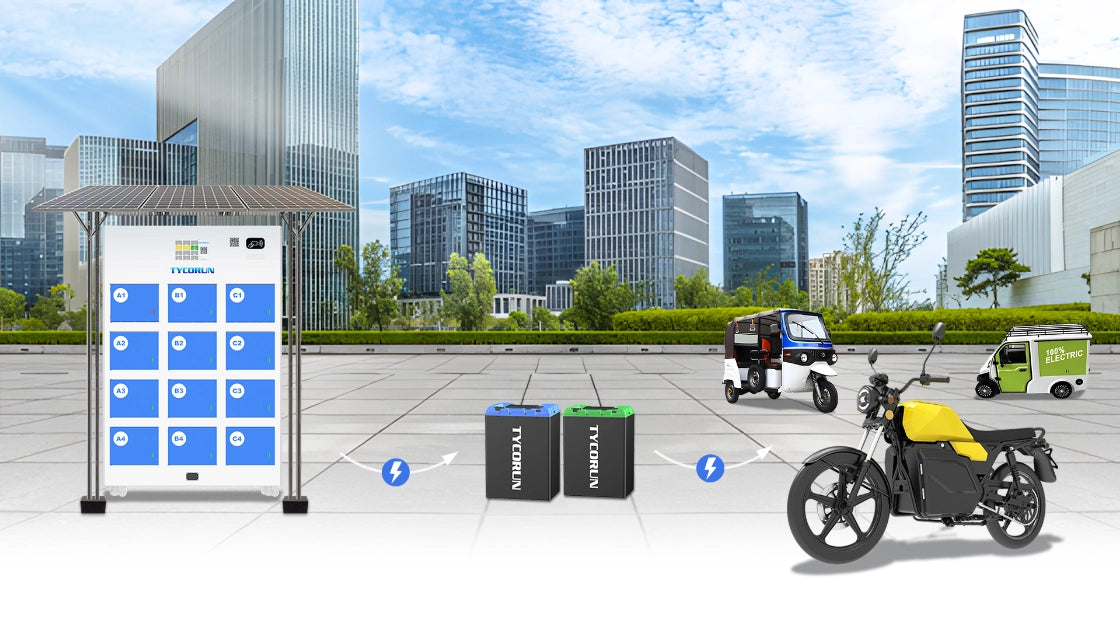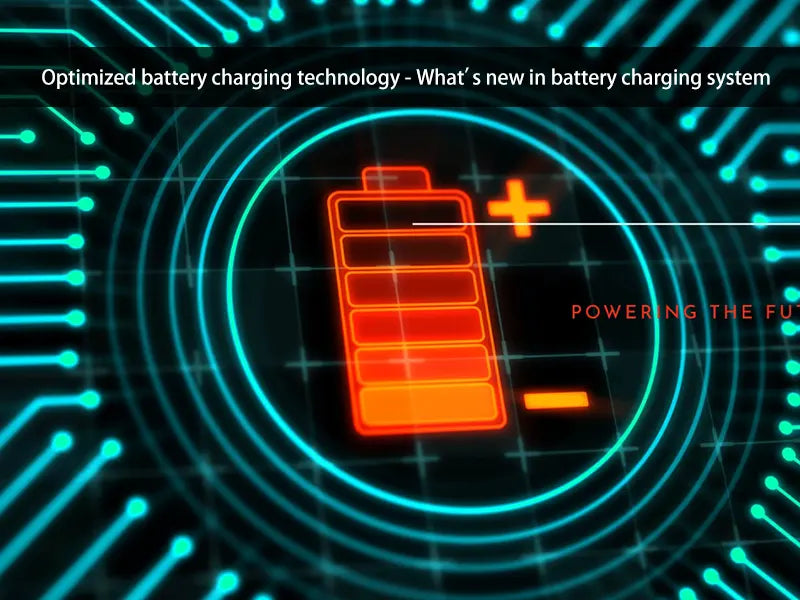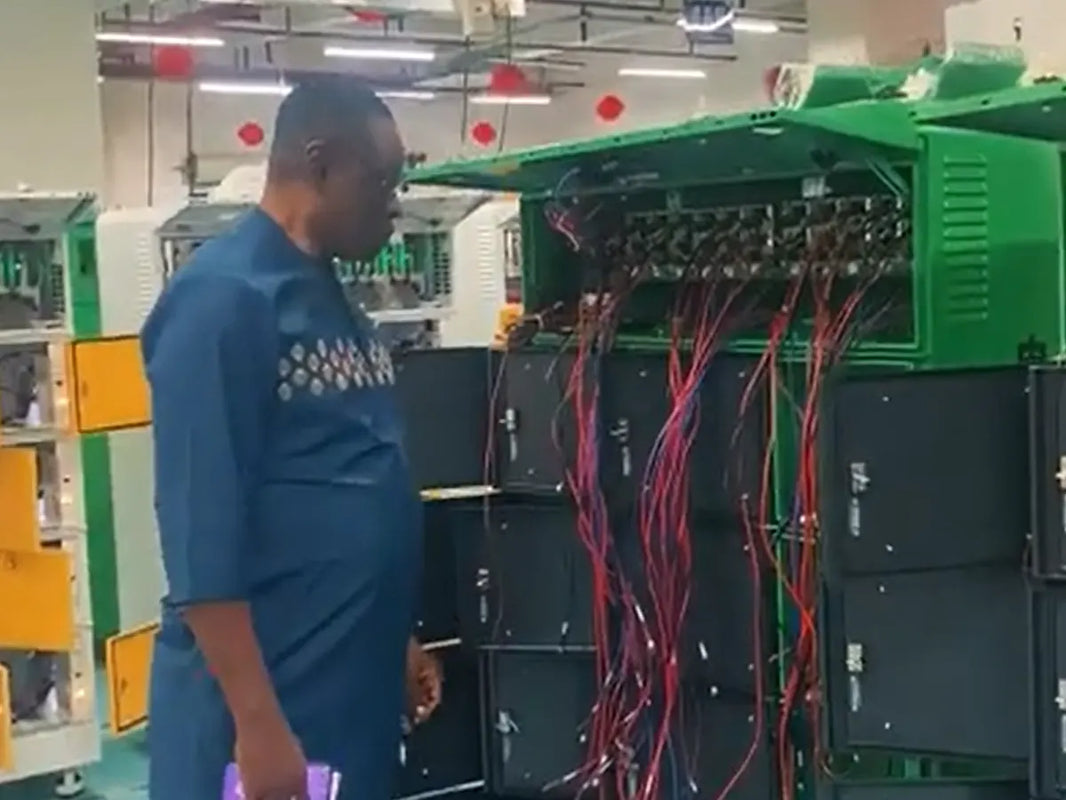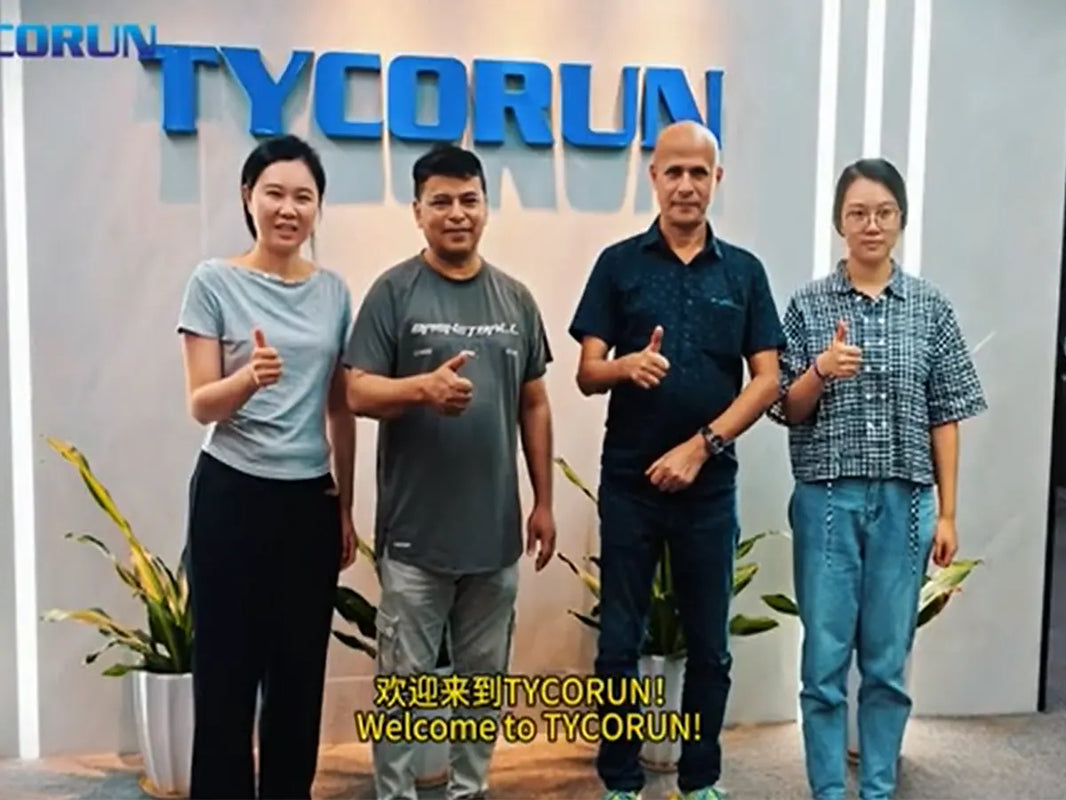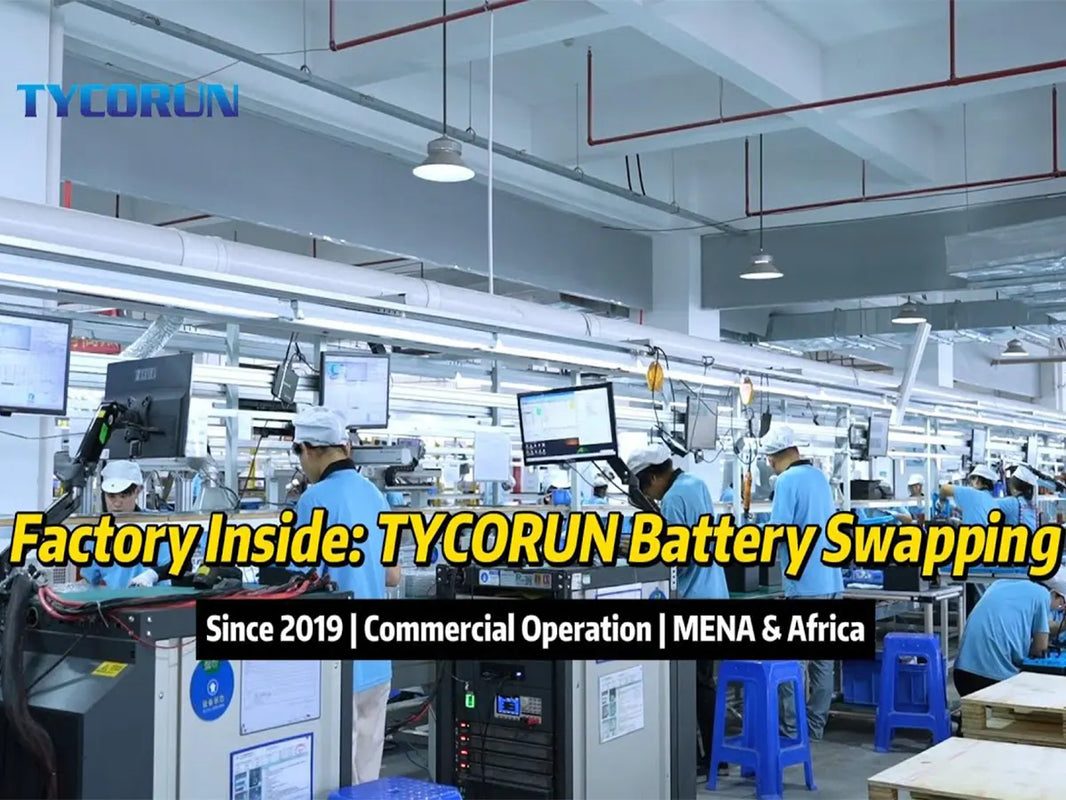
Main content:
Have you ever encountered the problem of waiting too long for electric vehicle charging, the shorter the range, or even worrying about charging safety? Behind these troubles are actually the three major challenges of battery charging technology: how to charge faster, more durable, and safer? Today, we will unveil the latest black technology in battery charging, allowing you to charge your phone with ease, just like swiping your phone.
During the charging process of electric vehicles, due to limitations in battery charging technology and battery performance, there are contradictions between charging time, battery life, and safety requirements, making it difficult to achieve optimal results simultaneously.
In order to improve the comprehensive charging performance of the battery, it is necessary to adjust the battery charging technology according to the charging demand.
In this article, optimized battery charging technology is mainly discussed from its definition to working method and the introduction will be told in easy words in order to help you know the latest news in battery charging technology.
What does optimized battery charging mean
Fast and safe charging is of great significance for the application of batteries. Taking lithium-ion batteries as an example, chemical reactions such as lithium plating occur during battery charging. Imagine that during fast charging, the battery is like a cup of vigorously shaken soda water, producing 'bubbles' (lithium deposits) inside. These 'bubbles' not only shrink the battery capacity, but may also pose a risk of short circuit. Optimizing charging technology is like being an excellent bartender, able to accurately control the 'pouring speed', quickly filling while avoiding overflow.
Therefore, optimized battery charging technology is very necessary. And optimized battery charging technology plays an important role in battery charging system ensuring users safety.

What are the different types of battery charging
Why is your phone's fast charging slower and slower as you use it? Is the lifespan of electric vehicle batteries getting shorter? The answer is hidden in the selection of charging mode! Before learning about the latest battery charging technology, understanding different battery charging methods is beneficial for understanding the latest battery charging technology in the subsequent paragraphs.
The methods of charging lithium batteries is closely related to their capacity and lifespan. At present, there are four main charging methods in battery charging technology for lithium batteries: constant current charging, constant voltage charging, constant current and constant voltage charging, and constant power charging.
-
Constant current charging
Constant current charging is like a sprint. Full speed charging in the early stage, but long-term use may "exhaust" the battery.
-
Constant voltage charging
Constant voltage charging is like taking a walk, with stable speed but time-consuming, suitable for maintaining the battery when not in a hurry.
-
Constant current and constant voltage charging
Constant current and constant voltage charging is a combination of the above two charging methods. First, the battery is charged with a constant current, and the voltage at both ends of the battery continuously increases with charging. When the voltage at both ends of the battery rises to the cut-off voltage for constant current charging, the charging circuit will switch to constant voltage charging mode, and the voltage will remain constant at the pre-set cut-off voltage for constant current charging. Charging continues until the corresponding cut-off conditions (time, current, or capacity) are reached.
The above three charging methods are suitable for the production and testing stages of batteries, as these stages require precise control of charging and discharging currents to evaluate battery performance.
-
Constant power charging
The so-called constant power charging and discharging refers to the constant charging and discharging power during the charging and discharging process. This means that The charging power (voltage × current) remains constant. As the battery voltage changes, the current will adjust accordingly to maintain a constant power. This mode is closer to the actual operation of battery energy storage power stations in the power system.
In the later stage of constant current charging, due to the intensification of polarization effects, the actual effective charging current decreases, making it difficult for the battery to be fully charged; At the initial stage of constant voltage charging, the current is very high, and the battery performance deteriorates quickly under high current. Therefore, the commonly used charging method is constant current and constant voltage. In the early stage of constant current charging, the current is controllable, and in the later stage of constant voltage charging, the current gradually decreases, which can reduce the impact of polarization.
The constant power charging method is suitable for the actual operation of battery energy storage power stations in the power system, as the power system often requires the battery to output a constant power. If your lithium battery not charging, here is for your reference.
- Emergency travel
Choose the speed priority type (constant flow), but no more than 3 times a month;
- Daily use
Choose intelligent balancing type (constant current+constant voltage) to protect battery life;
- Long term parking
Choose the lifespan priority type (constant voltage) to avoid battery "overfilling" or "starvation".

The working method of optimized battery charging technology
At present, taking lithium battery charging as an example, the two main battery charging technology methods are as follow.
Fast charging mode (constant current charging) is like a hundred meter sprint, it maintains maximum current charging throughout the entire journey, charging to 80% in 30 minutes, suitable for emergency situations, while intelligent mode (constant current+constant voltage) is like sprint first and then jog slowly.
After charging to 80%, it automatically decelerates to protect battery health, just like a phone automatically switches to trickle charging before being fully charged. in battery charging technology. The constant current charging process refers to keeping the charging current constant, gradually increasing the voltage, and ending when the preset cut-off voltage or state of charge (SOC) is reached;
Constant voltage charging refers to the process where the charging voltage remains constant, the charging current gradually decreases, and the constant voltage charging process ends when the preset cut-off current or SOC is reached.
The main factors affecting charging time include charging current, charging temperature, internal resistance, etc. The charging current has a significant impact on the charging speed of the battery.
Be careful not to overexert the battery during the charging process!
Experimental results have shown that traditional fast charging (2C current) can be fully charged in 1 hour, but the battery life is shortened by 30%. Optimized fast charging (dynamic adjustment) can be fully charged in 1 hour and 15 minutes, with a lifespan loss of only 5%. High technology chooses to use the extra 15 minutes and replace the battery for an additional 2 years, which is more worthwhile.

Optimization of charging strategy for constant current process
Optimization of Maximum Acceptable Current Based on Lithium Deposition Mechanism
This provides theoretical and experimental support for achieving safe charging of lithium batteries. If the charging current is higher than the maximum acceptable charging current, lithium deposition will occur; On the contrary, lithium deposition will not occur. Therefore, using the maximum acceptable charging current for charging can achieve the shortest charging time.
The key parameters are the negative electrode equilibrium potential and charge transfer resistance. The optimal charging current was obtained based on the anode equilibrium potential and anode charge transfer resistance, and the feasibility of the optimal charging current theory was verified through experiments.
Optimization of Charging Objectives for MOGWO
Based on the equivalent circuit model of lithium-ion batteries A multi-objective optimization framework for optimizing lithium-ion battery charging is proposed, which includes thermal model and aging semi empirical model.
Charging time, health loss, and battery temperature rise are taken as the objective functions of charging. Based on a multi-stage charging optimization strategy, the optimal solution of multi-objective optimization was demonstrated, and the performance of different boundary solutions was analyzed. The simulation results show that there is a contradictory relationship between charging time, health loss, and battery temperature rise. A shorter charging time requires a higher average current, thereby accelerating battery heating and capacity degradation.

Optimization of charging strategy for constant voltage process
Charging optimization based on FC-AASC
During the constant current first, then constant voltage charging, the constant current stage uses 25% to 40% of the total time and can charge 75% to 80% of the total capacity; The charging efficiency during the constant voltage stage is relatively low, and improving the CV section has become the focus of optimization. On the safe boundary of charging state, FC-ASC (Fast Charging-Adaptive Safety Control) is established based on sensing mode (SM) and charging mode (CM). FC-ASC is like an intelligent charging manager that learns while charging provides suitable charging current for the battery and improves charging speed through current self optimization method.
Polarization voltage optimization technology
Lithium batteries exhibit polarization during the charging and discharging process, which is closely related to the charging efficiency of the battery. When the battery is charged at a high rate, the polarization voltage increases and the battery quickly reaches the cut-off voltage, causing an increase in the charging time during the constant voltage stage and resulting in a longer entire charging process. Therefore, the optimization strategy for battery charging polarization voltage is similar to the polarization effect when pouring water from a cup, where the water flow is too fast and prone to overflow. Optimization techniques are similar to adjusting the water flow rate to make charging smoother, which is also an important research direction for improving charging rate.
By analyzing the polarization voltage characteristics of lithium batteries under different rate conditions, a charging boundary current curve based on time constant is proposed, and corresponding optimized charging strategies are formulated; Under the premise of controlling the charging polarization level to be similar, optimizing the charging strategy based on polarization voltage characteristics resulted in a 24% increase in charging rate and an 18% reduction in charging time compared to 0.5C CC-CV charging which means charging an extra cup of coffee time in actual testing comparison can increase the distance traveled by 50 kilometers.
Multi objective charging strategy based on MOPSO algorithm
A multi-objective charging strategy based on multi-objective particle swarm optimization algorithm (MOPSO) is proposed.This is a fast and cost-effective health charging method.
This battery charging technology solves three major contradictions:
Fast charging vs lifespan: reducing battery pressure through 'pulse charging'.
Speed vs Heat: Automatic flow reduction at high temperatures to keep the body from getting hot.
Efficiency vs Safety: Built in 16 layers of safety monitoring, reducing charging failure rate by 90%“.
After experimentation, it was found that the charging time of the multi-objective optimized multi-stage charging strategy was reduced by 6.6% compared to traditional constant current and constant voltage charging, and the maximum battery temperature rise was reduced by 2.6%.
Multi stage charging has certain improvements in charging time and maximum battery temperature rise compared to constant current and constant voltage charging, which verifies the superiority of the multi-stage constant current charging strategy.
Adaptive multi-stage constant current charging strategy
Based on the first-order RC equivalent circuit model, thermal network model, and aging model, a SOC-SOH-SOT multi state joint estimation model for lithium batteries was established to simulate the response characteristics of lithium batteries. A current order adaptive multi-stage constant current charging strategy (SMCC) was proposed.
The research results show that the charging strategy that only pursues the shortest charging time without considering the aging loss of the battery is equivalent to the charging time of the 2C CC-CV strategy, and the charging time is shortened by 44.98% compared to the 1C CC-CV strategy; Within a specific SOC range (such as 20% -80%), the balance between time and lifespan is achieved through pulse charging strategy. The charging time of the minimum aging charging strategy is 61.7% shorter than that of the 0.1C CC-CV strategy, and the aging loss of a single charge is only 0.839 3%.
Compared with the 1C CC-CV strategy, the charging time is extended by 2.81 times. Compared with the 0.5C CC-CV strategy, the balanced charging strategy that considers both charging time and battery life, assuming that it originally took 1 hour to fully charge, using the balanced strategy only takes 33 minutes (saving 44.9% time), and the battery loss is only equivalent to half an extra charge (+6.4%). Compared with the 1C CC-CV strategy, the charging time is extended by 9.8%. In the pursuit of fast and healthy charging methods, the balanced charging strategy has great advantages.

Conclusion
At present, the optimization of charging technology for lithium batteries mainly includes two aspects. One is the optimization of the constant current charging stage in battery charging technology, which is based on the maximum acceptable current optimization and staged constant current charging based on the lithium plating mechanism. The other is the multi-objective optimization charging under different working conditions based on mathematical models, which highlights how battery charging technology continues to evolve and improves the charging efficiency of the constant current stage and meets the demand for short-term and rapid recharging of the entire vehicle.
The second is the optimization of the constant voltage charging stage, which replaces the constant voltage charging stage by optimizing the charging current, and replaces the traditional constant current and constant voltage charging scheme with multi-stage constant current charging based on adaptive algorithms, optimizing the charging end time, shortening the charging time, and improving user satisfaction.
For users, in daily charging, electric vehicles should prioritize choosing official brand charging stations to avoid long-term full charge storage. When there is an urgent need to recharge, after selecting the 'fast charging mode', it is recommended to use slow charging to balance the battery pressure next time.
Related articles: Top 10 power battery cell manufacturers, top 10 pouch cell companies in the world, slow charging vs fast charging

